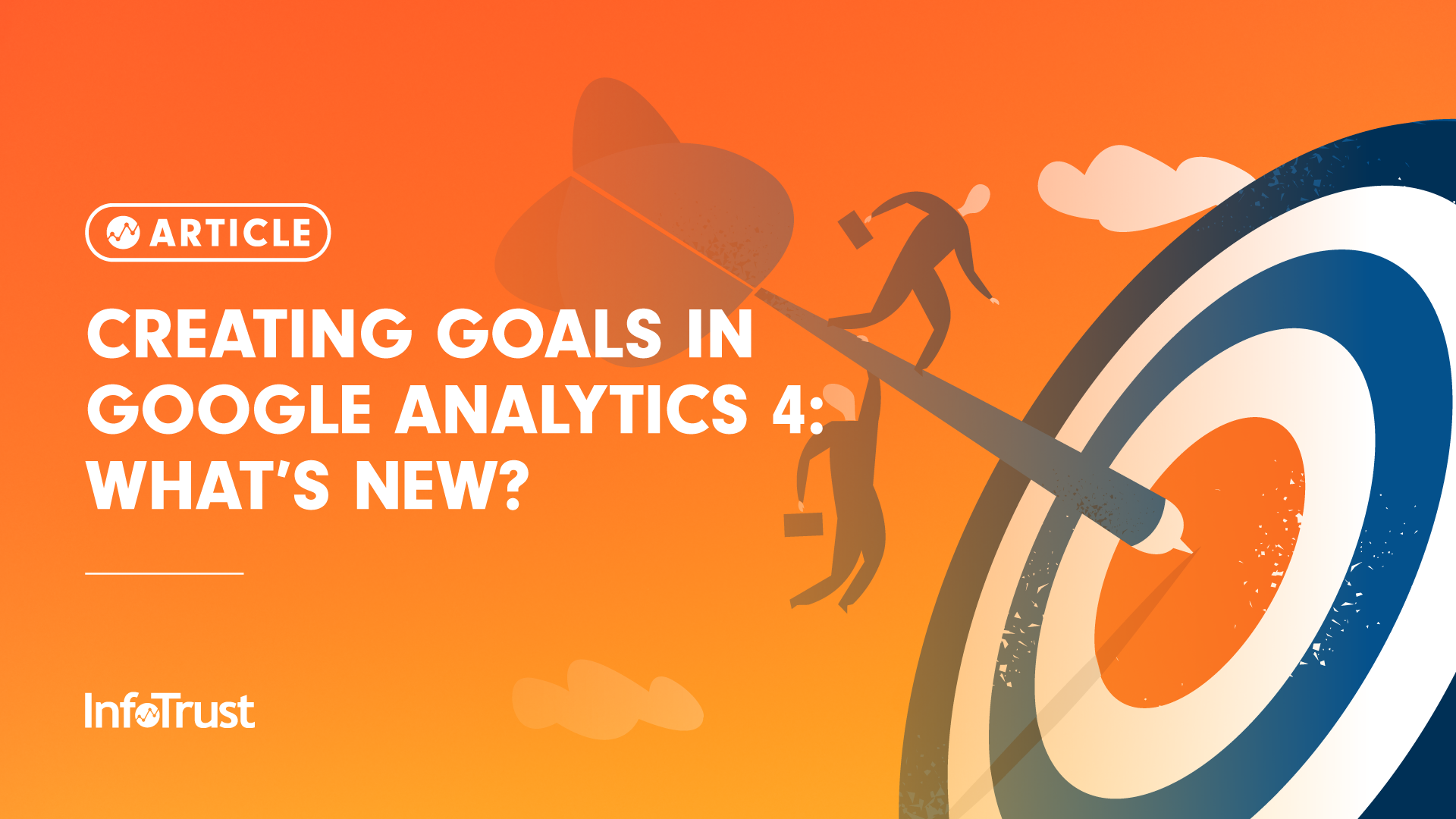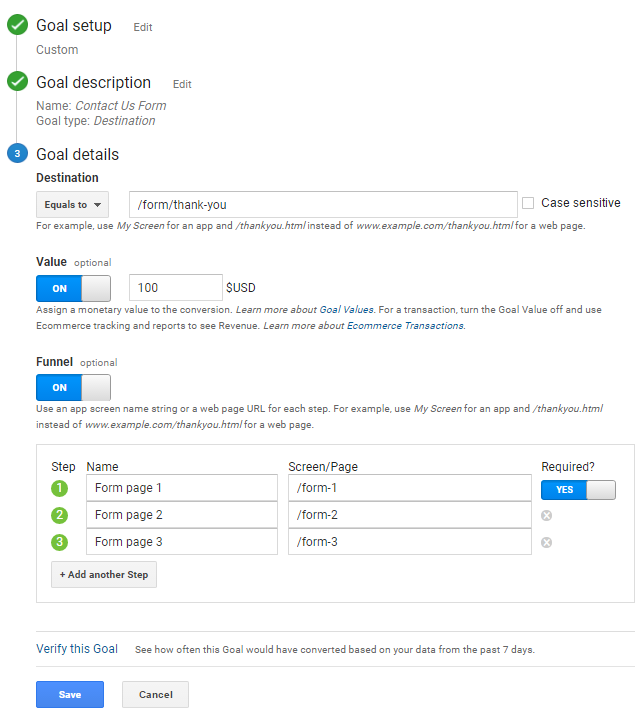What Data Is Google Analytics Goals Unable to Track: Learn the Limitations
What Data Is Google Analytics Goals Unable to Track: Learn the Limitations
Blog Article
Revealing the Blind Attractions: Understanding What Google Analytics Goals Can not Measure
In the world of electronic analytics, Google Analytics stands as a powerful device for tracking and analyzing on the internet individual communications. In the middle of its durable capacities, there exist blind areas that commonly escape measurement. what data is google analytics goals unable to track. Understanding what Google Analytics goals can not measure is critical for gaining a thorough sight of individual behavior and involvement. As we look into the details of these blind places, we discover a complicated web of undiscovered regions that hold useful insights right into user activities and inspirations, difficult standard wisdom and shedding light on the constraints of our data-driven understanding.
User Habits on External Operatings Systems
Recognizing how customers interact on outside platforms is important for maximizing on-line methods. Exterior systems, such as social media networks, recommendation web sites, and on-line forums, play a substantial function in driving web traffic to a business's internet site. By evaluating individual actions on these platforms, organizations can obtain important insights right into the efficiency of their advertising efforts and the choices of their target audience.
One trick aspect of user behavior on outside platforms is the recommendation resource. By tracking where the users are originating from, organizations can recognize which platforms are driving the most traffic to their site. This information can assist firms allocate their resources much more efficiently, concentrating on the platforms that generate the best outcomes.

Offline Communications and conversions
Assessing user behavior on exterior systems provides useful insights right into on-line techniques; nevertheless, considering offline conversions and interactions is similarly imperative for a thorough understanding of a firm's general efficiency. Offline conversions, such as in-store acquisitions or phone queries, play a significant role in many organizations' success.

Acknowledgment Beyond Last Click
When delving right into the realm of electronic advertising analytics, it ends up being necessary to look past the solitary touchpoint of the last click for an extra extensive understanding of attribution. While Google Analytics offers useful insights right into customer actions, counting solely on last-click attribution can be restricting - what data is google analytics goals unable to track. Attribution models that surpass the last click offer a more nuanced sight of the client trip, taking right into account all the This Site touchpoints that lead to a conversion
Acknowledgment past the last click allows marketers to appoint credit scores websites to different communications along the conversion path, offering a more clear photo of the performance of various advertising channels. By checking out multi-touch acknowledgment designs such as linear, time degeneration, or position-based acknowledgment, companies can much better allot their advertising spending plans and enhance their approaches for optimal impact.
Comprehending the impact of each touchpoint in the conversion process is vital for making notified choices and optimizing ROI. By embracing attribution beyond the last click, businesses can gain deeper understandings right into client behavior and customize their marketing efforts better.
Cross-Device and Cross-Browser Tracking

In a similar way, cross-browser monitoring complements cross-device tracking by catching customer habits as they switch in between different web browsers. Recognizing exactly how individuals interact with internet sites on different internet browsers can assist marketing professionals maximize their on the internet experiences to guarantee uniformity and functionality across various systems.
Qualitative Information and Customer Intent
Understanding customer intent with qualitative information analysis is vital for establishing targeted digital marketing approaches that resonate with the requirements and preferences of the target audience. Qualitative data supplies insights right into the 'why' behind individual activities, shedding light on inspirations, feelings, and choices that measurable data alone can not catch. By assessing user feedback, comments, and interactions, marketing experts can uncover valuable details regarding customer intent, permitting them to tailor their messaging, web content, and offerings to better straighten with what their target market is looking for.
Qualitative data additionally helps in understanding the context in which users engage with a site or app. This contextual understanding enables marketing professionals to create more personalized and relevant experiences, ultimately driving higher involvement and conversion rates. By diving into user intent through qualitative information evaluation, services can obtain a deeper understanding of their target audience, resulting in much more efficient advertising techniques that satisfy users' requirements and expectations.
Final Thought
To conclude, Google Analytics goals have that site limitations in measuring customer habits on outside platforms, offline conversions, attribution past last click, cross-device and cross-browser tracking, and qualitative data related to customer intent. what data is google analytics goals unable to track. It is necessary for services to be familiar with these dead spots in order to supplement their information analysis with other devices and methods to obtain a much more detailed understanding of their target market and enhance their overall electronic advertising and marketing techniques
By evaluating individual behavior on these platforms, organizations can acquire important insights right into the efficiency of their advertising and marketing efforts and the preferences of their target audience.
Evaluating individual behavior on external platforms provides valuable understandings right into on-line strategies; however, taking into consideration offline conversions and interactions is equally imperative for an extensive understanding of a business's total performance.In electronic marketing analytics, moving past last-click attribution to discover cross-device and cross-browser tracking is vital for obtaining a holistic understanding of user interactions throughout different systems and tools. By assessing customer feedback, remarks, and interactions, marketing experts can discover valuable info regarding user intent, permitting them to customize their messaging, material, and offerings to better align with what their audience is seeking.
By diving into customer intent with qualitative information analysis, businesses can gain a deeper understanding of their target audience, leading to more reliable advertising techniques that meet users' requirements and expectations.
Report this page